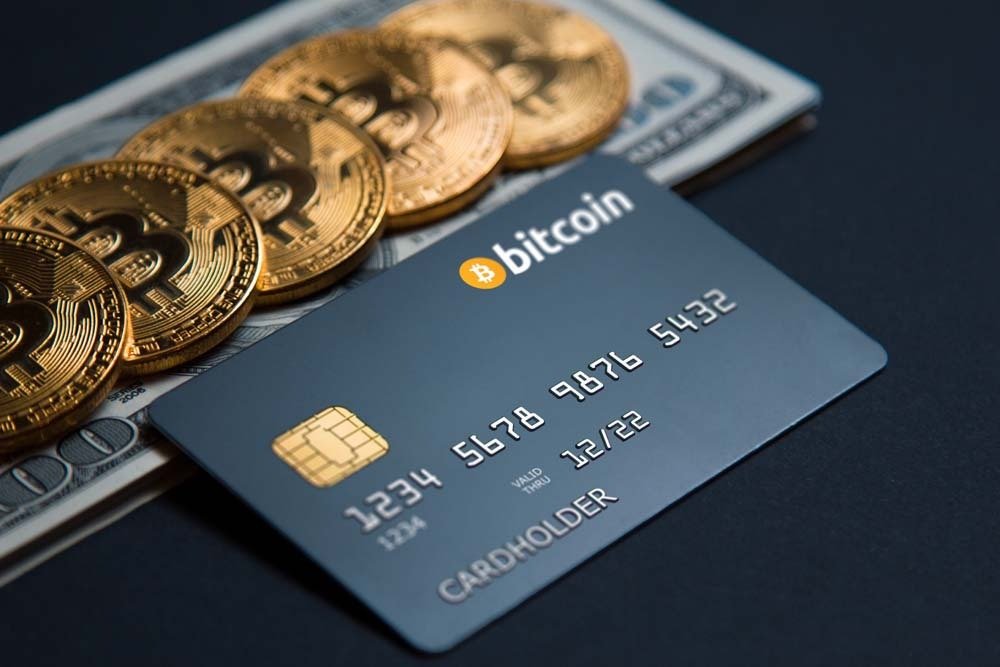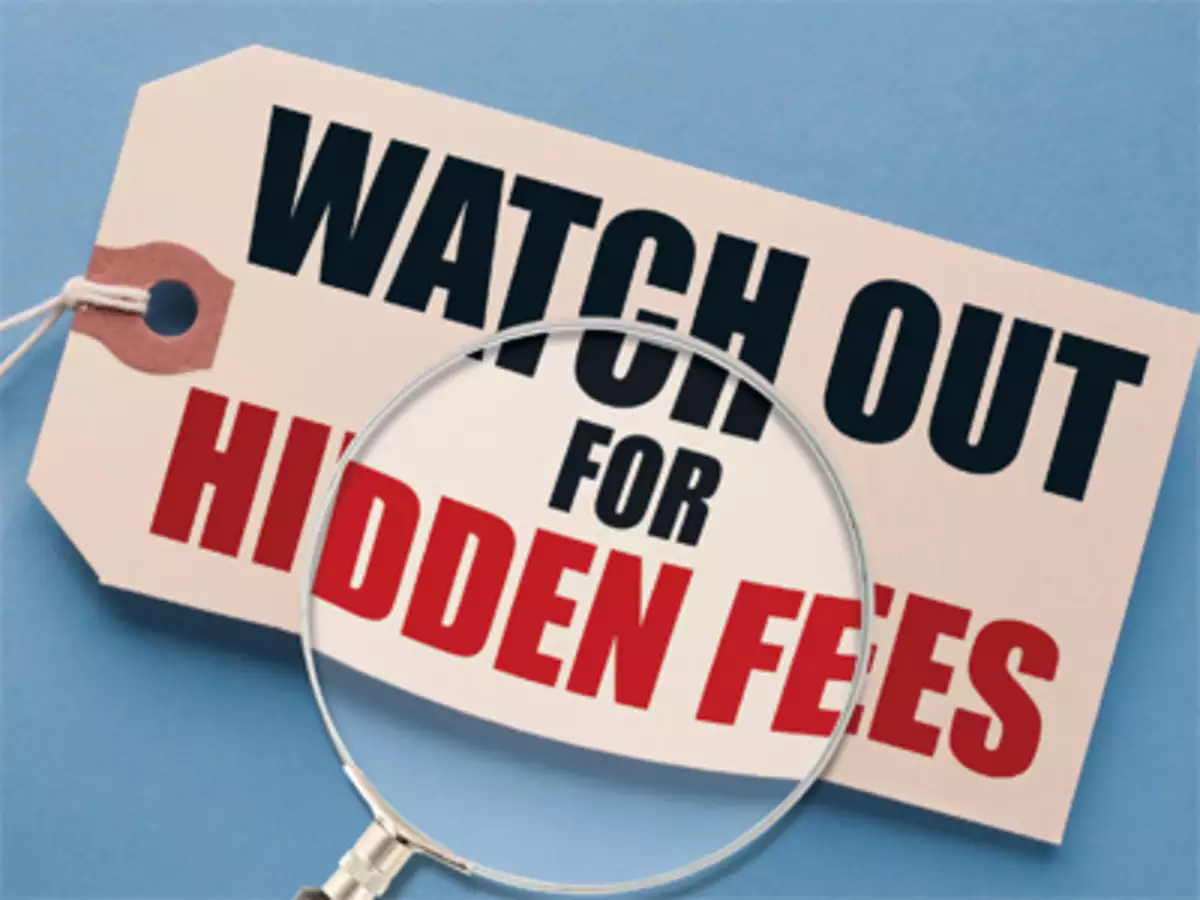Cryptocurrency Pitfalls: Unmasking Hidden Fees on Crypto Exchanges
Cryptos can seem like magical digital cash. I know it, you know it. But here’s the kicker: hidden fees. They’re lurking, ready to chip away at your stash. Today, I’m diving deep into the types of hidden fees on crypto exchanges. Think of it as your treasure map to navigate this crazy maze. We’ll start by tackling those sneaky fee structures, move on to uncover the sting of deposit and withdrawal charges, journey through the network fee jungle, and shine a light on the exchanges playing hide-and-seek with their true costs. Buckle up, fellow crypto enthusiasts, because this tour is all about keeping more coins in your pocket.
Navigating the Labyrinth: Understanding Exchange Fee Structures
The Variability of Crypto Trading Platform Fees
Ever notice how two shops can sell the same thing at different prices? It’s just like that with crypto exchanges. Each platform charges you in their own way. They may say it’s free to join, but that’s not the full picture. Per trade, some take a tiny bit of your coin, others a set cash amount. It’s key to know this because it adds up.
Imagine buying a snack each day. If the cost goes up by a few cents, you feel it by month’s end. Same with these fees — they affect your wallet over time. To keep more coin, pick the platform that charges less for how you trade.
Identifying Commonly Overlooked Charges
Now, let’s talk about those fees you don’t see right away. They’re sneaky. Say you put money in or take it out, there’s a fee. Not the same amount for all coins though. Even the network that makes the trade possible charges you.
These hidden fees are like weeds in a garden. Ignore them and they’ll take over. I’ll show you how to spot them to keep your garden clean. First up, deposits. You might think putting money in is free. But no, many exchanges charge you for that. The cost can vary a lot. Same goes for taking money out. And these costs, they can change without notice.
Network fees? Yep, they’re there too. Each coin has its own network fee. It’s for the miners and validators who run the show. It’s not the same for all coins and it changes often. To stay ahead, look for patterns in these fees. Plan your moves when they’re low.
Always check the fee breakdown. It’s your map in this labyrinth. With it, you can spot and dodge those extra costs. And always ask, can I get this cheaper elsewhere? It’s your money. Make sure it goes where you want, not to needless fees.
Trading crypto shouldn’t be like getting a surprise bill. It helps to read up, compare, and choose smartly. By getting to know the fees, you can take charge of your trades. Don’t let hidden costs eat into your profits. After all, it’s you who should enjoy the fruits of your smart choices.
Remember, the fine print is your friend. It hides these unwanted fees. Look for them before you sign up. It’s a small step that makes a big difference. Lastly, if something feels off, ask questions. Your alertness can save you money.
That’s how you beat the fee game. Know the costs, plan your moves, and keep more coin in your pocket. Keep an eye out, and happy trading!
The Hidden Costs of Convenience: Deposit and Withdrawal Fees Unveiled
Scrutinizing Crypto Deposit Fees Uncovered
When you put money into a crypto exchange, you might face deposit fees. These fees can vary quite a lot depending on where you put your money in. Some exchanges do not charge anything for this service. Yet, others might take a bit from your deposit as a fee.
What are crypto deposit fees?
Crypto deposit fees are small costs you pay to put your money into an exchange. They may not seem big, but over time, they add up. Knowing this helps you pick where to trade and save money.
Some sneaky ways exchanges charge you might include a small percentage of your deposit or a fixed fee. Always look at the fee schedule before you choose a platform to avoid surprise costs when buying crypto.
Smart traders keep an eye on these fees. They add them to trading costs to see the total cost. Large deposits can lower the sting of fixed fees, but always know what you’re paying.
Deciphering Withdrawal Charges on Digital Asset Platforms
Taking money out of an exchange can also cost you. Withdrawal fees cover the cost of moving your funds from the exchange to your wallet. These fees can change based on the crypto you’re withdrawing and can be a flat rate or a percentage of the amount.
What should you know about withdrawal charges on digital asset platforms?
Withdrawal charges are fees for moving your crypto out of an exchange. They cover the network fees and the service of the platform. By understanding these costs, you can better manage your money.
Network fees for cryptocurrency trades also factor in here. The network fee goes to blockchain miners or validators who keep the system running smooth. The exchange passes this fee to you, and it changes with network demand.
It’s vital to know withdrawal fees since they can eat into your profits. Some exchanges may have high fees, while others keep them low to attract users. Always check the withdrawal costs before trading, and factor them in when evaluating trading costs on blockchain exchanges.
Remember, fees like these are how exchanges make money. But with a good strategy, you can cut down on these annoying charges.
Cryptocurrency pits buyers against hidden transaction costs that aren’t always clear. By understanding fee structures and spotting extra costs in crypto transactions, you can trade smarter. Look for exchanges that are upfront about their pricing. Stay wary of hidden surcharges on digital currency trades.
Before making a move, dive deep into the fee structures of your chosen platform. Little charges can turn into big hurdles on the way to your crypto goals. With a sharp eye and the right knowledge, you can avoid getting caught off-guard by these hidden fees.
Network Necessities: Dissecting Network Fees Amidst Cryptocurrency Trades
Exploring the Implications of Blockchain Network Fees
When you trade crypto, network fees are key to manage. These fees keep the blockchain running smoothly. Unlike other charges, these fees do not go to the exchange. They go directly to blockchain network miners or validators.
What makes network fees go up or down?
Network fees change based on how busy the network is. If many transactions are happening, fees can rise. This is because people are willing to pay more to get their transaction confirmed faster.
The type of currency also changes the fee. For instance, Bitcoin and Ethereum often have high fees. But new currencies or those with less traffic might have lower fees.
How do network fees affect your trades?
High fees can take a big bite out of small trades. These fees are often the same regardless of the trade’s size. It means that for small trades, fees can be a large percent of the transaction.
Strategies to Mitigate Network Fees for Cost-Efficient Trading
Want to save money on fees? Plan your trades during less busy times. You can find online tools to check network activity. This can help you know when fees might be lower. Doing large trades less often can also save fees, compared to many small trades.
Picking the right crypto can lower fees, too. Some cryptos have lower fees by design. Others can be cheaper because they’re newer or less busy.
A hot tip is to use exchanges that let you adjust the fee. This means you can set a lower fee if you’re happy to wait longer for the trade to clear.
In short, understanding network fees can save you money. Plan your trades and pick currencies with care. This can make a big difference in what you pay. Always remember, every penny saved in fees is more you can invest in crypto.
Transparency or Trickery? Examining Fee Disclosure on Crypto Exchanges
Uncovering the Elusive Charges on Crypto Exchange Interfaces
Let’s dig into a tough nut – hidden fees on crypto exchanges. You’ve seen the “zero fee” banners. Dig deeper, and you’ll hit a wall of unexpected charges trading digital currency. These costs aren’t in bright lights. They lurk in the shadows.
Imagine you’re buying a car. The price tag says one thing, but the final cost screams another. That’s what happens with hidden transaction costs crypto-style. You trade, and poof, your coins are fewer than predicted. Let’s say you’re swiping around, super pumped to buy some crypto. But hold up, what’s this? A sneaky blockchain exchange fee? Yup, it’s that cut the platform takes, the one you missed in the fine print.
Every time you trade, deposit, or withdrawal on digital asset platforms, watch out for extra costs in crypto transactions. They can sneak up as small percentages or flat rates. Crypto exchange pricing structure? More like a secret code. Spotting extra costs in crypto transactions is like playing detective.
What about those crypto deposit fees uncovered? You’re just moving your money in, but bam, they take a slice. And it’s not just deposits. Pulling your money back out slaps you with withdrawal charges on digital asset platforms. It feels like every click costs you.
Now, network fees for cryptocurrency trades are a bit different. They’re not the platform’s making but needed to process the transaction on the blockchain. Yet, even these can vary, creating more surprise costs buying crypto.
Advocating for Fee Transparency in Crypto Markets
You’re not just in it for fun. Losing hard-earned cash to obscured fees burns. That’s why I stand for a crystal-clear view of all charges. No riddles, no mysteries. Check this – a complete breakdown of cryptocurrency exchange charges should be the standard. It means listing everything – trading fees, deposit and withdrawal charges, even those pesky network fees.
Understanding fee structure in crypto trading is not just a ‘nice to have.’ It’s a must. Concealed costs are financial barriers that mess with your trades. Let’s turn up the heat on exchanges. They should make every single penny you’re shelling out visible. It means no more hidden surcharges on digital currency trades.
Now let’s talk battle plans. Minimizing unexpected crypto exchange expenses is a skill, and awareness is your weapon. It’s like bringing a flashlight to a dark cave of costs. When you analyze crypto exchange commission fees, you become smarter about where you trade.
In the end, it’s about honest, upfront business. Don’t make us hunt for those hidden fee detection on crypto platforms. It’s not a game – it’s our dough. If they sneak in charges, we’ll call them out. Cause finding undisclosed operational costs in cryptocurrency trading after the fact? That’s just not cool.
Demanding fee transparency in crypto markets is how we play fair. It’s how you guard your investments from those crypto pickpockets. So, let’s team up. Watch for misleading fee advertising by crypto exchanges and educate each other. Transparency should be the name of the game. Let’s make crypto trading clearer, together.
In this post, we’ve ventured through the maze of crypto exchange fees. We talked about how trading platform charges vary and highlighted hidden costs that traders often miss. Then, we unveiled the sneakier side of convenience: deposit and withdrawal fees that can take a bite out of your wallet. Going deeper, we dissected network fees vital to cryptocurrency trades, offering you strategies to cut costs and trade smarter.
Fees in the crypto world can confuse and cost you if you’re not careful. I’ve shown you how to spot these fees and why full disclosure matters. By staying informed and vigilant, you can make better choices and keep more of your money working for you. Remember, every penny saved in fees is more for your investment growth. Here’s to savvy trading and keeping those pesky fees in check!
Q&A :
Sure, here are the FAQs optimized for the keyword “types of hidden fees on crypto exchanges.”
What are the common hidden fees associated with crypto exchanges?
When trading or holding cryptocurrencies, users should be aware of several hidden fees that can often go unnoticed. They include withdrawal fees, which might vary significantly between exchanges; inactivity fees that could be applied to accounts without trading activity over a set period; and transfer fees for moving assets between wallets or exchanges that aren’t always clearly disclosed upfront. It’s crucial to review the exchange’s fee structure meticulously to avoid any unexpected charges.
How can I identify hidden fees before trading on a crypto exchange?
To identify hidden fees on a crypto exchange, always read the fine print in the exchange’s terms of service and fee schedules. Look for information on fees for deposits, withdrawals, and transactions, which might not be evident at first glance. Additionally, be mindful of spreads – the difference between the buy and sell price – which can affect the cost of trading. Research and compare exchanges to find the most transparent and cost-effective options for your trading needs.
Why do crypto exchanges charge hidden fees?
Crypto exchanges might charge hidden fees for several reasons, including covering operational costs, such as security measures and technology infrastructure, as well as generating additional revenue. Some fees are also in place to discourage certain behaviors, like excessive withdrawals or small account balances. While not all fees are hidden deliberately, it’s incumbent on users to understand the fee structure of any exchange they choose to use.
Can hidden fees on crypto exchanges be avoided?
Avoiding hidden fees on crypto exchanges requires vigilance and thorough research. Stick to reputable exchanges with transparent fee structures, and always calculate the total cost of a transaction before proceeding. Utilizing limit orders over market orders can sometimes reduce costs, and consolidating transactions can minimize fees incurred from multiple small trades. Also, keeping an eye out for promotions or loyalty programs offered by exchanges can help offset some of the costs.
What should I do if I encounter unexpected hidden fees on a crypto exchange?
If you encounter unexpected hidden fees on a crypto exchange, you should first reach out to their customer support for clarification. Understand the specific conditions under which the fees were charged, and if the fees were not adequately disclosed beforehand, discuss the possibility of a refund or credit. To further protect yourself, document all communications and fee disclosures, and consider using exchanges with a track record of fair and transparent fee practices.





